Item of Interest: NIH Senior Investigators Elected AAAS Fellows
Henry Levin, Ph.D., and Brant M. Weinstein, Ph.D., and David Clark, Ph.D., senior investigators at NICHD, have been elected as fellows of the American Association for the Advancement of Science (AAAS). Dr. Levin was honored for his contributions to molecular genetics and microbiology, and Dr. Weinstein for his contributions to vascular biology, and Dr. Clark was honored for his contributions to molecular genetics.

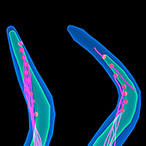
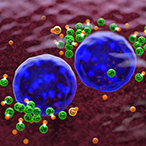







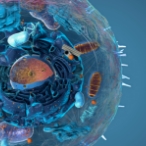
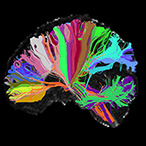


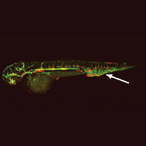
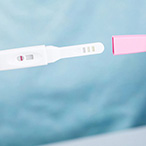
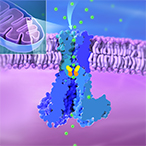

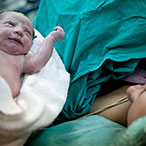

 BACK TO TOP
BACK TO TOP